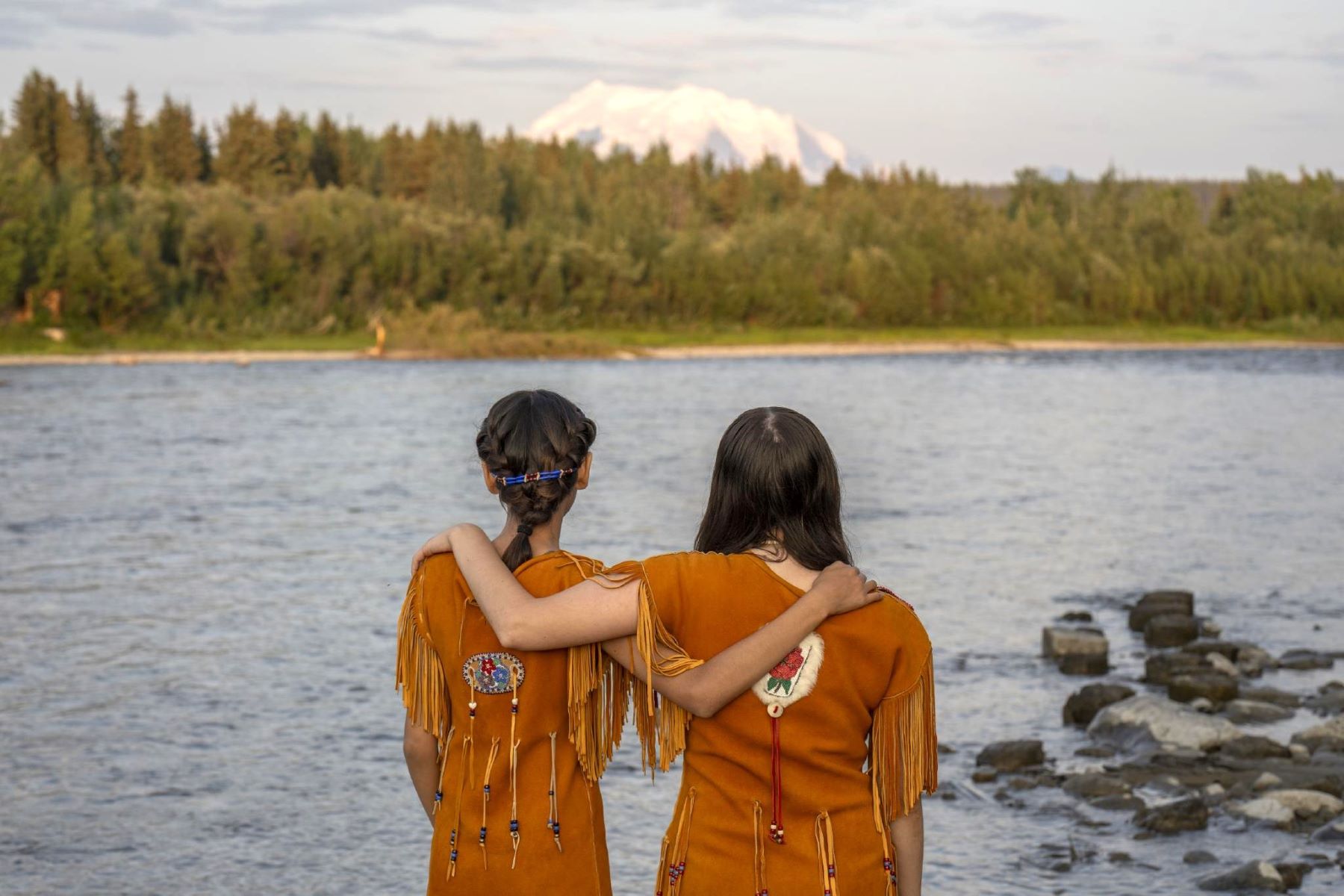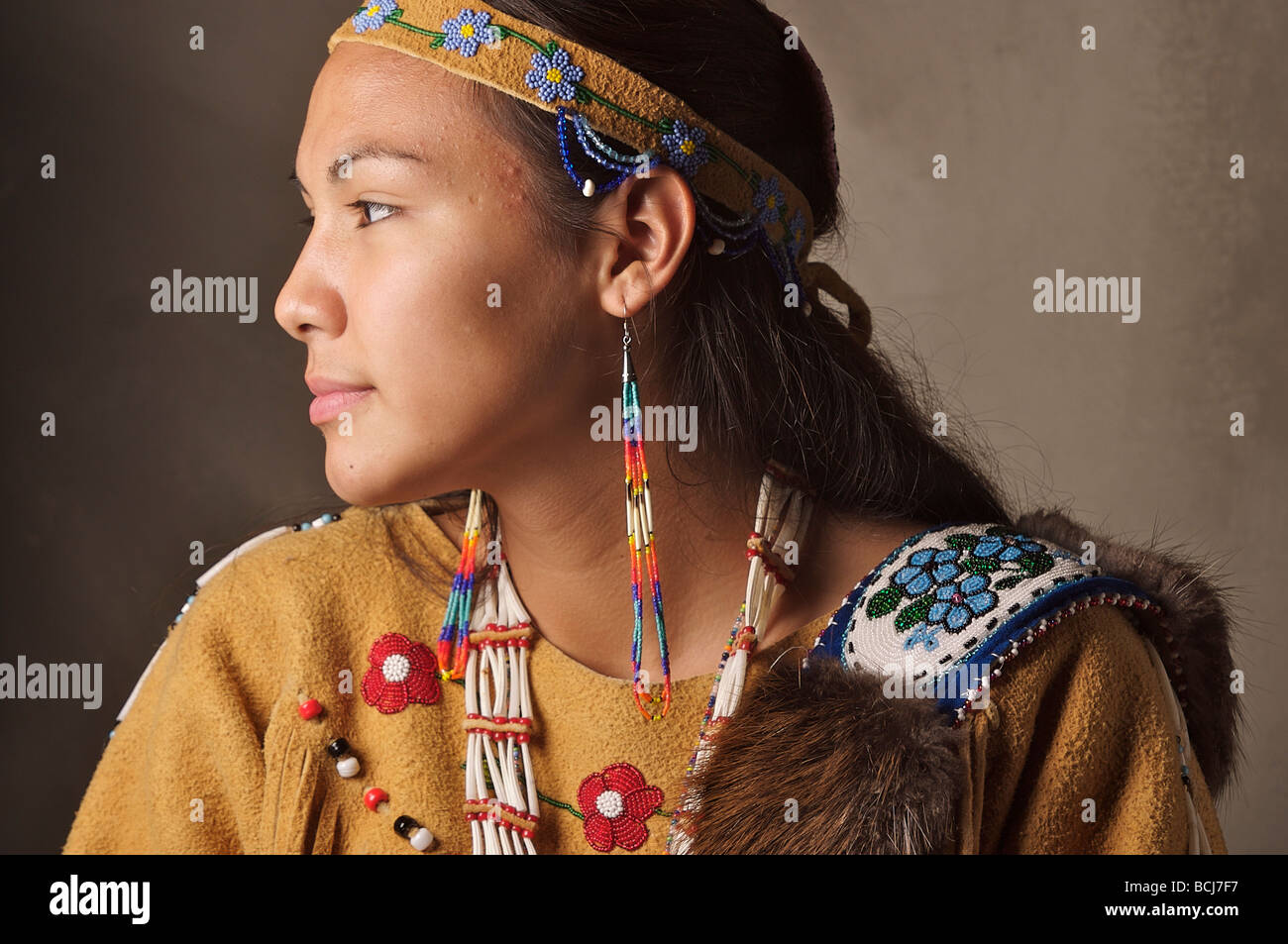
Stepping onto the vast, ancient lands of Interior Alaska is to walk upon a living map, etched not just by geological forces but by millennia of Athabascan history, culture, and survival. This isn’t merely a destination; it’s an immersion into a territory where every river bend, every mountain peak, and every patch of boreal forest tells a story deeply rooted in the Athabascan understanding of their homeland. For the discerning traveler seeking more than just scenic vistas, a journey through this region offers an unparalleled opportunity to connect with the profound legacy of its Indigenous inhabitants, whose historical territories unfold before you in a tapestry of breathtaking wilderness and resilient culture.
The Athabascan peoples, a diverse group of First Nations and Native American tribes, span an immense geographical area from Alaska and Western Canada down to the Southwestern United States. However, the heartland of many Northern Athabascan groups lies squarely within the expansive, rugged beauty of Interior Alaska – a land of extremes, defined by long, dark winters and brief, vibrant summers. Here, groups like the Tanana, Koyukon, Gwich’in, and Ahtna have thrived for thousands of years, their lives inextricably linked to the rhythms of the land, its abundant resources, and its formidable challenges. When we speak of "Athabascan historical territory maps," we are not just referring to cartographic representations; we are talking about the intricate, generational knowledge of land use, migration routes, hunting grounds, fishing camps, and sacred sites that have shaped their existence and continue to inform their identity today.
Why Journey to the Athabascan Heartlands?
Travel to Interior Alaska offers a unique blend of adventure, natural wonder, and cultural enlightenment. It’s where you can witness the ethereal dance of the Aurora Borealis against a backdrop of frosted wilderness, stand in awe of North America’s tallest peak, Denali, and traverse landscapes teeming with wildlife from moose and caribou to bears and wolves. But beyond these iconic experiences, the true allure lies in the opportunity to peel back the layers of the land and understand it through the eyes of its original stewards.

This region is a living classroom for understanding traditional land tenure. Historical Athabascan territory maps weren’t static lines on paper; they were dynamic, seasonal routes following game migrations, salmon runs, and berry harvests. Rivers like the Yukon, Tanana, and Koyukuk served as ancient highways, connecting communities and facilitating trade. Modern-day exploration of these waterways by canoe, kayak, or riverboat offers a tangible connection to these historical journeys, allowing travelers to trace the very paths that sustained generations.
Experiencing Athabascan Culture and Heritage
Fairbanks, often dubbed the "Golden Heart City," serves as an excellent gateway to this vast territory and a hub for cultural exploration.
-
University of Alaska Museum of the North: A must-visit, this museum offers an extensive collection of Athabascan artifacts, traditional tools, clothing, and art. Exhibits provide crucial context to the environmental adaptations, spiritual beliefs, and social structures of various Athabascan groups. Here, you can truly visualize the depth of traditional knowledge – from ingenious traps and fishing techniques to the intricate beadwork and fur preparation that allowed people to thrive in this challenging environment. The museum’s ethnographic displays are a direct link to the practical knowledge embedded within historical territory maps, showing how resources were identified, harvested, and utilized across the landscape.
-

Morris Thompson Cultural and Visitors Center: Located in downtown Fairbanks, this center provides a warm welcome and a deeper dive into contemporary Athabascan culture. It’s often a venue for Native art demonstrations, storytelling sessions, and cultural performances. Engaging with Athabascan artists and elders here offers invaluable insights into the enduring traditions, the nuances of different Athabascan languages (each a unique dialect within the larger family), and the modern-day efforts to preserve and revitalize their heritage. This is where the living legacy of the "maps" becomes apparent – how the past informs the present, and how traditional values continue to guide communities.
-
Authentic Arts and Crafts: Seek out opportunities to purchase genuine Athabascan crafts. Look for exquisitely crafted items like birch bark baskets, caribou tufting, elaborate beadwork on moose hide, and fur parkas. These are not merely souvenirs; they are tangible expressions of cultural identity, skill, and the deep connection to the natural resources of their territory. Purchasing directly from Native artists supports their communities and helps preserve these invaluable traditions.
-

Community Engagement (Respectfully): While direct access to remote Athabascan villages requires careful planning and often local connections, some tours or cultural programs may offer opportunities for respectful interaction. Always prioritize guided experiences that are sanctioned and beneficial to the local community. The goal is to learn and appreciate, not to intrude. Understanding protocols and showing genuine respect is paramount.

Navigating the Wilderness: A Journey Through Time
To truly appreciate the Athabascan historical territory, one must venture beyond the paved roads.
-
River Travel: Imagine the Yukon River, flowing for thousands of miles, a silent witness to countless generations of Athabascan canoes and skin boats. Taking a multi-day canoe trip on one of the Interior’s major rivers – perhaps a segment of the Yukon, Tanana, or Koyukuk – is to step into the footsteps of ancestors. You’ll gain an intimate understanding of how these waterways functioned as lifelines, trade routes, and markers on a traditional map. Local guides, especially Athabascan guides, can share stories of specific fishing spots, portages, and seasonal camps passed down through oral tradition.
-
Bush Plane Adventures: For a truly immersive experience, consider a bush plane flight to a remote lodge or village. These flights offer an aerial perspective of the vastness of the Athabascan homeland, revealing the intricate network of rivers, lakes, and forests that formed the basis of traditional subsistence. Seeing the landscape from above, you begin to grasp the sheer scale and the challenges of traversing this territory without modern technology, reinforcing the ingenuity of Athabascan navigational skills.
-
Hiking and Wildlife Viewing: The wilderness around Fairbanks, including areas within Denali National Park (accessible via shuttle or tour), is perfect for hiking. As you trek through the boreal forest or along tundra ridges, remember that every path you take has likely been trod by countless generations. Keep an eye out for wildlife – moose, caribou, bears – which were not just animals but vital food sources and spiritual entities within the Athabascan worldview. Understanding animal migration patterns was a critical component of traditional "mapping."
-
Dog Mushing: The iconic sport of dog mushing is deeply rooted in Athabascan history. Before snowmachines, dog teams were the primary mode of winter transportation, essential for hunting, trapping, and connecting remote communities. Visiting a dog kennel and taking a ride (winter or summer, with wheeled carts) offers a thrilling glimpse into this enduring tradition and the incredible bond between mushers and their dogs, a relationship vital for survival in this territory.
Connecting Past and Present
The Athabascan historical territory maps are not relics of the past; they are living documents embedded in the minds and practices of today’s Athabascan peoples. Climate change, resource development, and the ongoing struggle for self-determination are modern challenges, yet the deep connection to the land and the resilience of Athabascan culture endure. Language revitalization efforts, the preservation of traditional hunting and fishing rights, and the assertion of sovereignty are all contemporary manifestations of this ancient relationship with the land.
As a traveler, your role is not just to observe but to learn and respect. Engage with local businesses, support Athabascan artists, and choose tour operators who prioritize ethical tourism and cultural sensitivity. Understanding the history of colonialism and its impact on Indigenous communities is also crucial to a well-rounded travel experience. By doing so, you contribute to the sustainability of these cultures and help ensure that the stories and knowledge encoded in their historical territories continue to be shared.
Planning Your Athabascan Journey
- Best Time to Visit: Summer (June-August) offers long daylight hours, warmer temperatures, and access to hiking and river activities. Winter (September-April) provides opportunities for aurora viewing, dog mushing, and experiencing the true Arctic chill.
- Gear: Regardless of the season, layered clothing is essential. In summer, prepare for mosquitoes. In winter, invest in high-quality cold-weather gear.
- Guides: For any wilderness activity, especially those venturing into remote areas, hiring experienced local guides is highly recommended. For cultural immersion, seek out Athabascan-owned or operated tour companies.
- Flexibility: Interior Alaska can be unpredictable. Weather can change rapidly, and travel plans may need adjustment. Embrace the spontaneity of the wilderness.
A journey into Athabascan historical territory is more than a vacation; it’s an educational and spiritual odyssey. It’s an opportunity to move beyond superficial tourism and engage with a profound human story written across a magnificent landscape. By understanding the deep historical and cultural connections that Athabascan peoples have with this land, travelers can gain a richer, more meaningful appreciation for one of the world’s truly wild and culturally vibrant regions. It’s an invitation to see the land not just as a beautiful vista, but as a map of life, knowledge, and enduring spirit.


